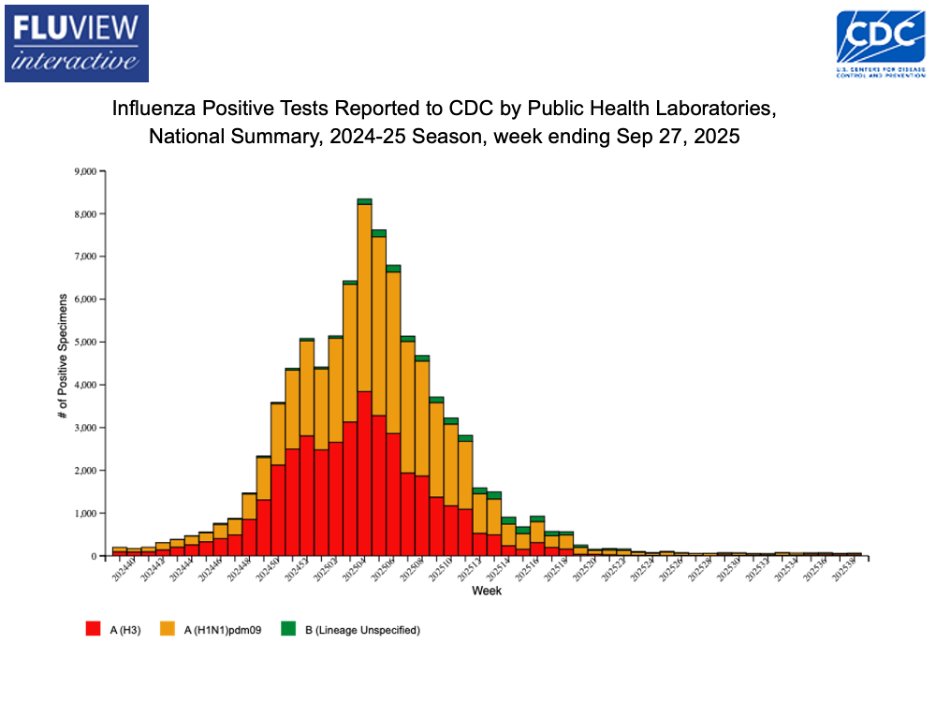A few points about the H5N1 outbreak that I'd like to share.
1. If we had a pan-influenza wastewater screen in place nationally that differentiates the influenza sources by sequencing (which isn't that hard to do), we probably would have detected this outbreak months ago.
1/
1. If we had a pan-influenza wastewater screen in place nationally that differentiates the influenza sources by sequencing (which isn't that hard to do), we probably would have detected this outbreak months ago.
1/
BTW, we submitted a CDC proposal earlier this year to do exactly this, but the topic was pulled from the BAA so the proposal wasn't even reviewed.
2/
2/
2. We should not panic about the current outbreak in cattle. You aren't going to get influenza from pasteurized milk, and this virus isn't ready for human-to-human spread (yet).
3/
3/
3. What we should be concerned about is that fact that the viruses is getting way too many chances. It keeps expanding its tropism. The more animals it replicates in, the more chances it gets to sample new configurations.
4/
4/
4. When the virus makes it way it to pigs, that is when we need to start getting really nervous. Pigs are a mixing vessel where flu is more likely to adapt to respiratory spread in humans.
5/
5/
5. In my opinion we should be focusing our attention on wastewater testing downstream of meat processing plants (for all types of animals). It wouldn't matter what tissue the virus is in, it would end up in the water and give us an early warning.
6/
6/
We've detected and sequenced pig influenza from such sewersheds before (not H5N1), so I know it can work.
7/
7/
6. Most important, we shouldn't shy away from surveillance because we want to avoid a panic. There is still time to stay ahead of this, but if we aren't careful I think it's just a matter of time before H5N1 makes it to humans.
8/8
8/8
4.
• • •
Missing some Tweet in this thread? You can try to
force a refresh









